Every fisho worth his salt has a secret fishing spot where it seems like the fish never stop biting. The sun always sets on glassy waters while pelagics feverishly compete for the evening hatch. The esky is always full and cold, and sleep is only broken by the smell of fresh, butcher-cut bacon grilling on an open fire.
The Captain’s crew are letting slip on one of their favourite fishing holes. Tucked away in the corner of Victoria, Far East Gippsland can lay claim to some of the best bream and flathead fishing in the state. The Captain’s crew love nothing more than piling up a tinnie or centre console with an assortment of German beers and heading to a quiet channel for a flathead drift or black bream session at sunset.
SLEEPY TOWNS WITH HOT FISHING
Many Victorian fishermen cut their teeth in the sleepy coastal towns of Far East Gippsland. Places like Mallacoota, Tamboon Inlet, Bemm River and Marlo can hold their heads high in fishing folklore. Tannin-stained water runs down from the Great Diving Range, finding its way to the Tasman Sea through the Snowy, Bemm, Cann and Wallagaraugh Rivers ‑ to name a few.
I discovered these waters through my father’s fishing exploits. As kids, we’d await his return from East Gippsland escapades, heralded by the old F100 rumbling down the driveway towing a Quintrex centre console with bulging swags and bream-filled eskies. He’d fill the entrance to the lounge room with his unkempt beard, woolly blue jumper and matching beanie, trailing the aroma of fresh fish, campfire smoke and cigarettes. I knew as soon as I could drive a Holden and tow a boat I’d make the pilgrimage. Hell, I’d even buy a pack of Marlboros to mark the occasion.
FISHING ADDICTIONS
Thankfully the cigarette addiction didn’t stick as well as the fishing habit. I’ve fished all seasons, species and techniques – and it’s fair to say, if you can’t catch a feed here, you never will! Flathead are my favourite species to fish in the warmer months. Drifting across the channels and drop-offs with small baits ‑ bass yabbies or small mullet on a dropper rig – yields the best results. Soft plastics on the bottom have the same effect. At dusk or night I prefer anchoring up, as the bigger fish tend to move around under cover of darkness. In terms of line-class, I prefer monofilament as it stretches nicely during wild head-shakes in shallow water, but I’m a little old-fashioned. I wouldn’t use any leader less than 15lb leader. I’ve caught a number of big flathead with light leader hanging out of their mouths. You know you’ve hooked a big flatty because of the head shakes and short darting runs. Bigger fish tend to swim in arcs or just sit on the bottom. Flathead don’t look smart, but they know how to find cover when they need to, so keep them away from structure.
Black bream are widespread in the region, particularly in the mid-year months. Bream missions always require my floppy orange glass rod, bought by my father 30 years ago. It may be old with the brand name faded, but its ability to subdue bream hasn’t lessened. Bream respond best to fresh sandworms, nippers and shrimp, but lure casters in boats with stickers also do well, casting small bibbed lures and imitation prawns around structure.
I fish as light as possible for bream; a 3kg main-line with bean sinkers or a couple of split-shot tend to do the job. Any small hook will work as long as the point isn’t buried in the bait. If the fish are “on” you might want to switch to a long-shank hook to help with removal from the fish. Bream move around in schools, scouring the bottom, so don’t be afraid to change spots. Dawn and dusk fish well and shore-based options are productive. In my experience, the big fish will eye off your baits first, so make your early casts count before the smaller fish move in.
In the Bemm River, I often stick gumtree saplings into the muddy bottom to hold the boat firm. The Bemm is also renowned for “Bemm River bombs” (large ball sinkers cast far away from the boat as possible). [The Captain’s crew suspects the technique was the brainchild of the local tackle shop owner, who is always suspiciously well-stocked with expensive No.5 ball sinkers!]
Another species prevalent in the area, but rarely targeted, is estuary perch. The old man used to bring home the odd ‘large-mouth bream’, as he called them, which were seen as inferior to the sweeter tasting bream. I reckon perch are a great southern sportfish, to be targeted with live prawns, unweighted or under a float, or with DOA prawns cast into heavy structure or fallen trees. The perch also hover atop weedy areas and will take small metal lures or even Tassie Devils lures. They can be a bit hit-and-miss, but a hot perch session (usually during a run-off) can feel like a baby barra bite, only you’re wearing a warm woollen beanie instead of a wide-bream sun hat.
GIPPSSLAND GETAWAY
Fishing is only half the adventure in Far East Gippsland. There are plenty of campsites fringed by banksias and eucalypts with abundant bird life to keep you company. Kookaburras are particularly fond of bacon left on the campfire and pelicans will make short work of your fish frames. The large monitors are less fussy, eating anything that’s left out. Dip netting for prawns at night can be productive and you’ll likely pick up smaller fish species, which make great flathead baits. Mussels can be found at several of the entrances and the Captain’s crew reckon there’s nothing better than a good mussel broth and German beer in front of the campfire (see The Captain’s own mussel recipe hereabouts). When the fishing is slow, the surf can produce good salmon and gummy sharks among other bottom dwellers. A good tip is to fish with sturdy baits (ideally live), as the sand crabs are a menace. There are plenty of huge sand dunes in the region, so pack a few body boards ‑ and maybe even a few kids. It’s an ideal place for youngsters to learn the fishing ropes. There’s a good chance they may even dong a 10lb flatty or 1kg bream.
EAST GIPPSLAND MUSSEL RECIPE
Don’t tell Miguel but The Captain’s crew have their own secret mussel recipe. It was passed on by a salty old Italian fisherman, so it’s guaranteed to be simple yet flavoursome.
INGREDIENTS
- Several handfuls of East Gippsland mussels, barnacles and all
- Olive oil
- 1 x clove of chopped garlic
- 2 x diced brown onions
- 2 x tins crushed tomatoes
- 1 x glass of dry white wine (semillon)
- 1 x finely chopped mild chilli
- Handful of parsley
- 1 x packet of flat pasta
Start with a large pot for the mussels and a smaller pot for the pasta. Add some water to the smaller pot and bring to heat, but don’t add the pasta yet.
Sample the wine.
Brown the garlic and onion in the large pot with the oil, and then add the crushed tomatoes. Once mixed, add a glass of white wine, pop the lid on and simmer on low.
Drink glass of wine.
Time to add the pasta to the pot of now-boiling water. Sprinkle some salt and olive oil into the pot so it looks like you know what you’re doing.
Now chop the chilli fine and throw in the red broth with all the mussels as well. You’ll wish you had a bigger pot at this point. Give it the pepper treatment and stir the mussels through.
Have another glass of wine.
Simmer until the mussels open ‑ and then just enough for the meat to firm up a little bit (about 5 mins). Serve on top of the now cooked pasta with some parsley on top for effect. Eat the closed ones. Mop up with some crusty bread if you have some.
Finish with a glass of wine if you have any left.
CAYMAN CRUISING
We had the pick of a few tasty rigs on our most recent Far East Gippsland getaway. With bream bustin’ and flathead flickin’ in mind, it had to tick a few boxes. It had to be as stable as a mini aircraft carrier, have more tackle storage than a MO Tackle warehouse, draw less draft than a Carlton Long Neck and carry enough fuel to explore every river and tributary in Gippsland.
We chose a sleek Robalo 206 Cayman. It’s a classy ’glass console from the States. It’s also a shallow-water stalker, drawing only 25cm despite the considerable dimensions ‑ 6.25m long, with a beefy beam of 2.44m and hull weight over a tonne. Thankfully, the hull features a Kevlar-reinforced bottom just in case we bumped a submerged log or rock bar.
Solid casting platforms sit either end of the Cayman, the rear neatly converting to double jump seats. There are three insulated live-bait tanks down the centreline, used for fish, gear storage or filled for ballast. Up front there are under-floor rod lockers either side of the live-well. It’s a surprisingly dry ride for a narrow-profiled boat. We even snuck out to the shelf for a tuna mission and it proved more than capable offshore. The self-draining deck is a nice feature, but the scuppers were too small to drain off excessive water coming in over the sides.
Mooching around the tannin-stained rivers, the Cayman put on a stability master-class. The solid footprint on the water is due to a 15-degree dead-rise at the transom. The wide chines are set forward and a V-plane extends the timber-free hull beyond the transom.
It’s no slouch between fishing spots either. The Hydrolift hull with wide plank popped on the plane effortlessly, and the 145HP 4-stroke pushed it along in fuss-free Honda fashion. It’s rated to 200HP, but we found the 135HP outboard perfect for tail-sliding between fishing spots at 40 knots. Getting lost among the many tributaries of Gippsland didn’t concern us. The Cayman features a 189L fuel tank.
PROS
- Stability master-class
- Shallow water draft
- Quiet, dry ride
- Storage king
- Cool-looking
- Huge fuel capacity
CONS
- Scuppers don’t drain quickly
- Had to tighten stainless grab rails at sea
- Not much room for big electronics
- Heavy and wide boat to tow around bush tracks
- Best-value shallow-water stalker?
OUR FAVOURITE EAST GIPPSLAND GETAWAYS
Mallacoota Foreshore Caravan Park : (03) 5158 0300.
Peach Tree Creek, Tamboon Inlet: www.parkweb.vic.gov.au
Wingan Inlet: www.parkweb.vic.gov.au
Marlo Ocean Views : (03) 5154 8268 www.marlocamping.com.au
Bemm River, Cosy Nook Flats: (03) 5158 4231.
____________________________________________________________________________________________________________________

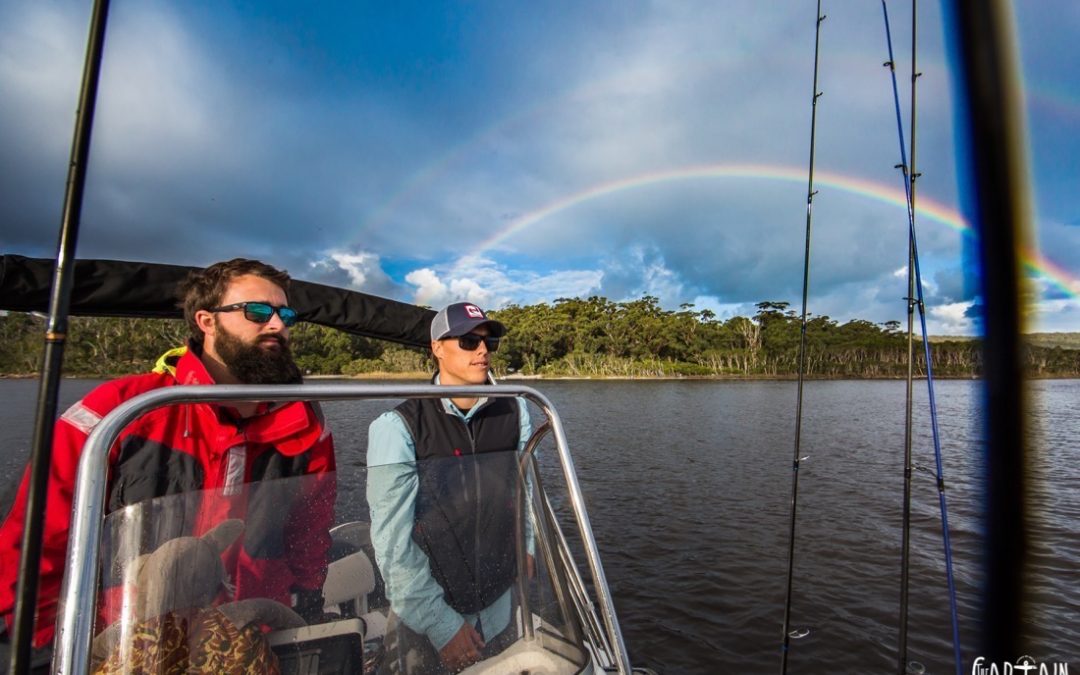
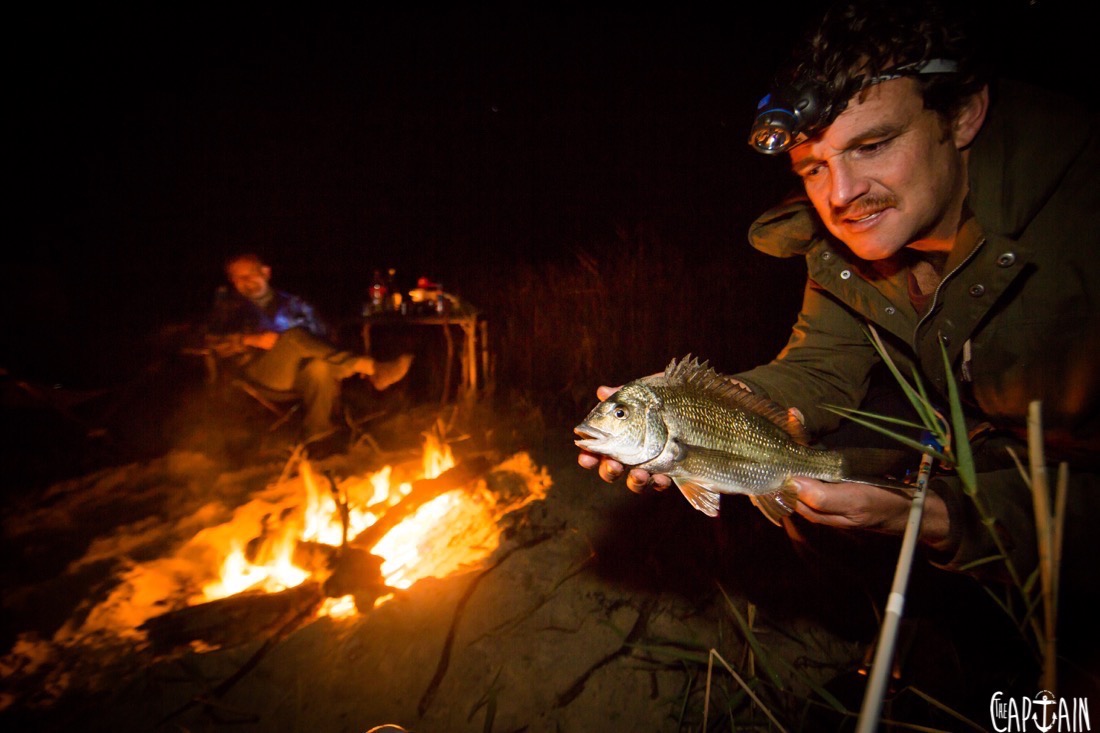
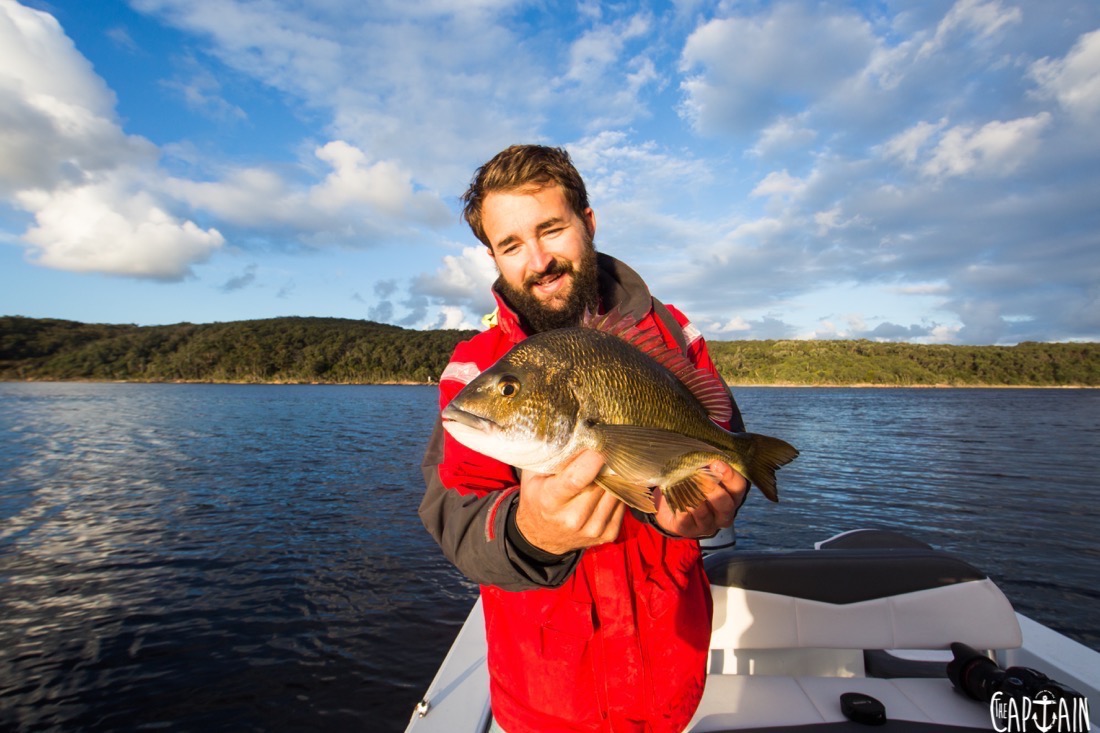
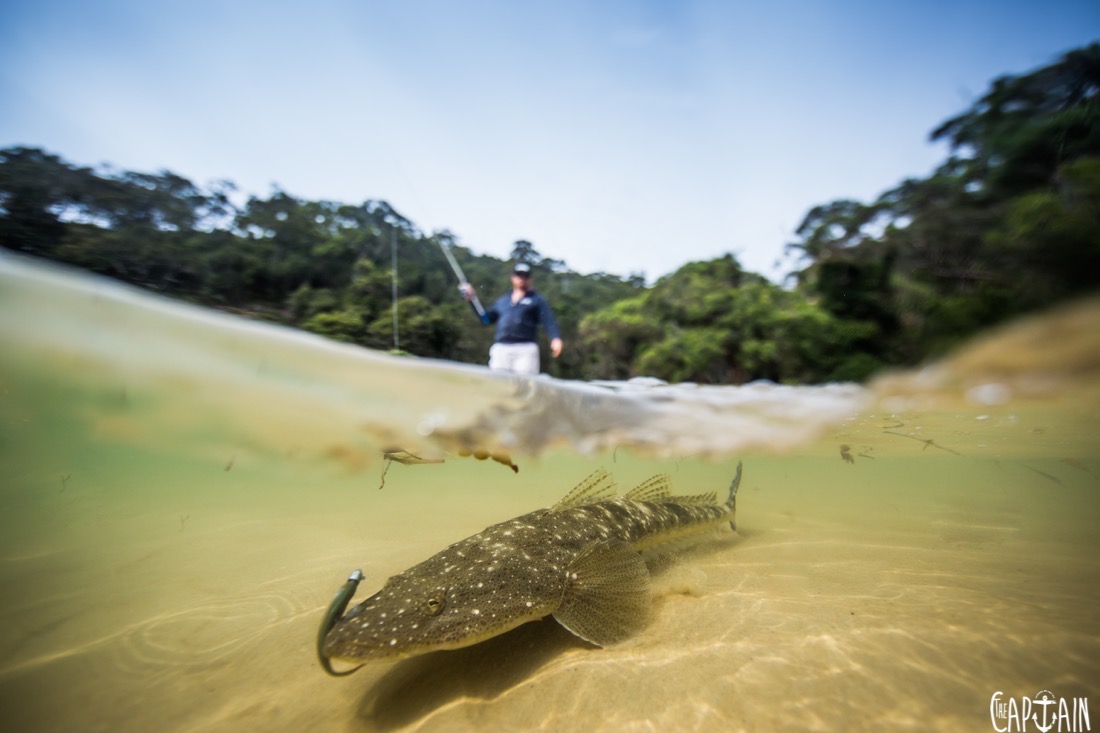
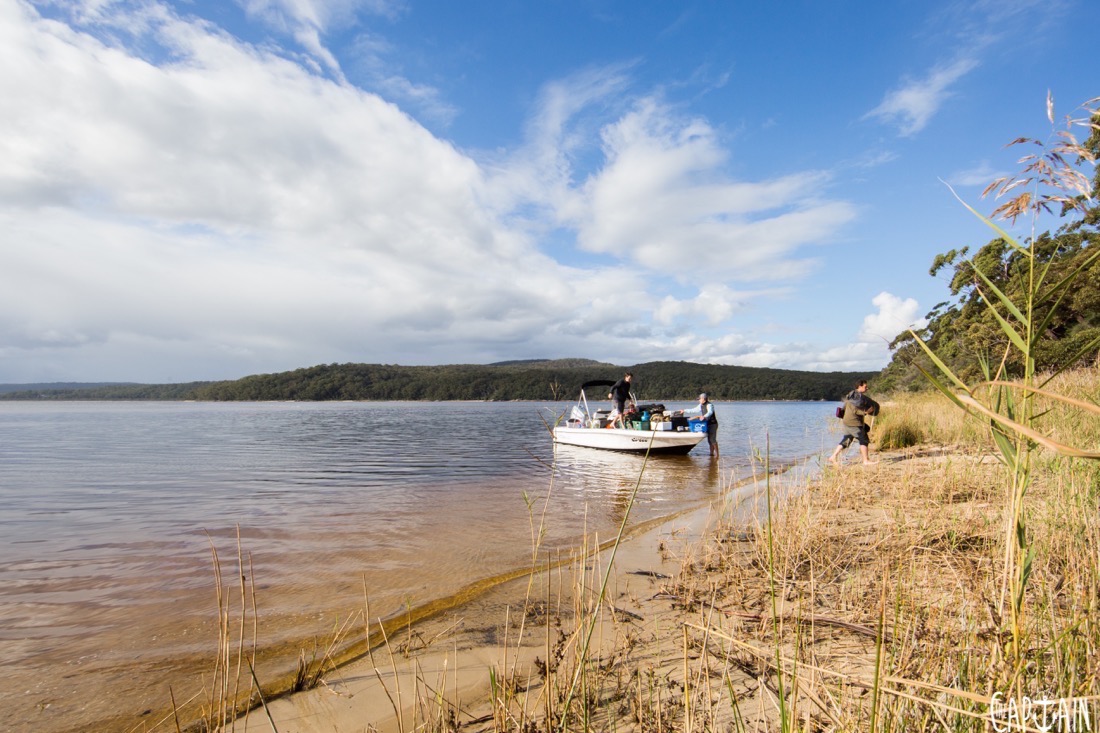
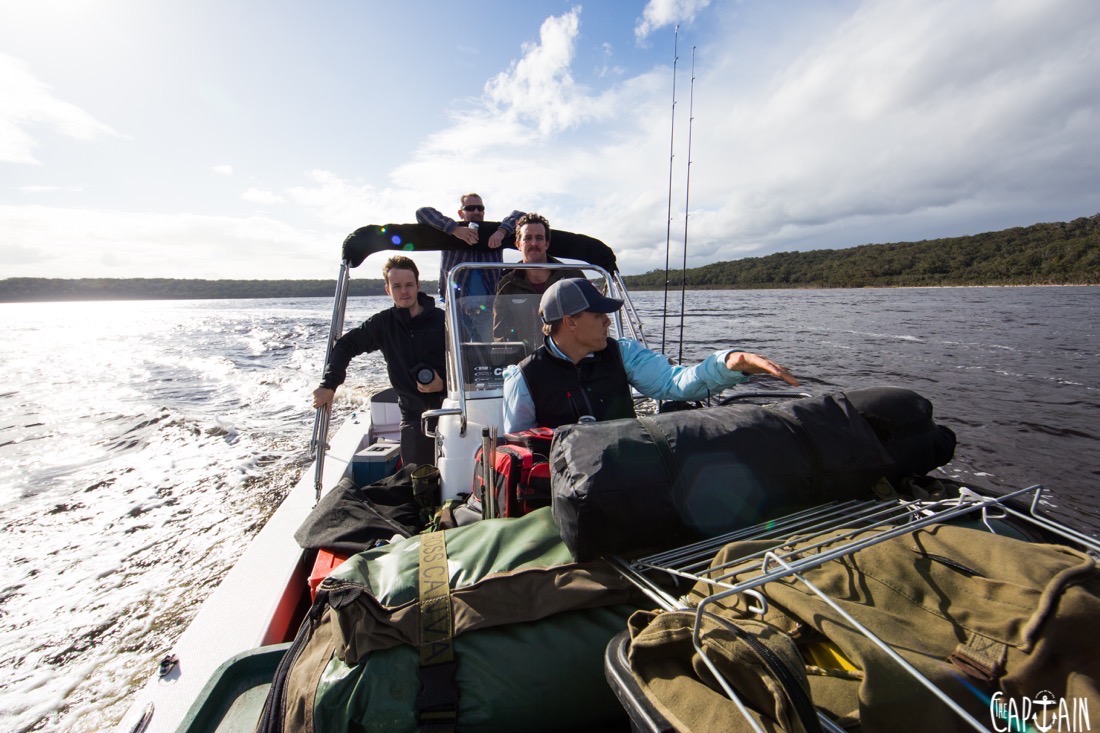
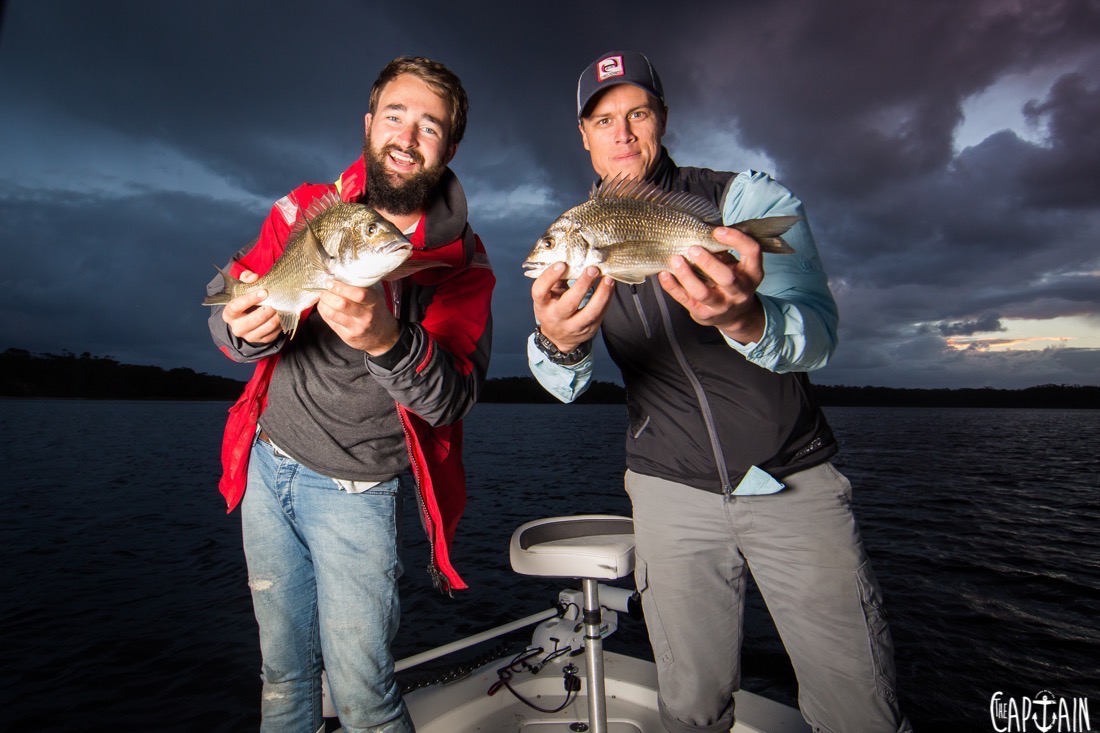
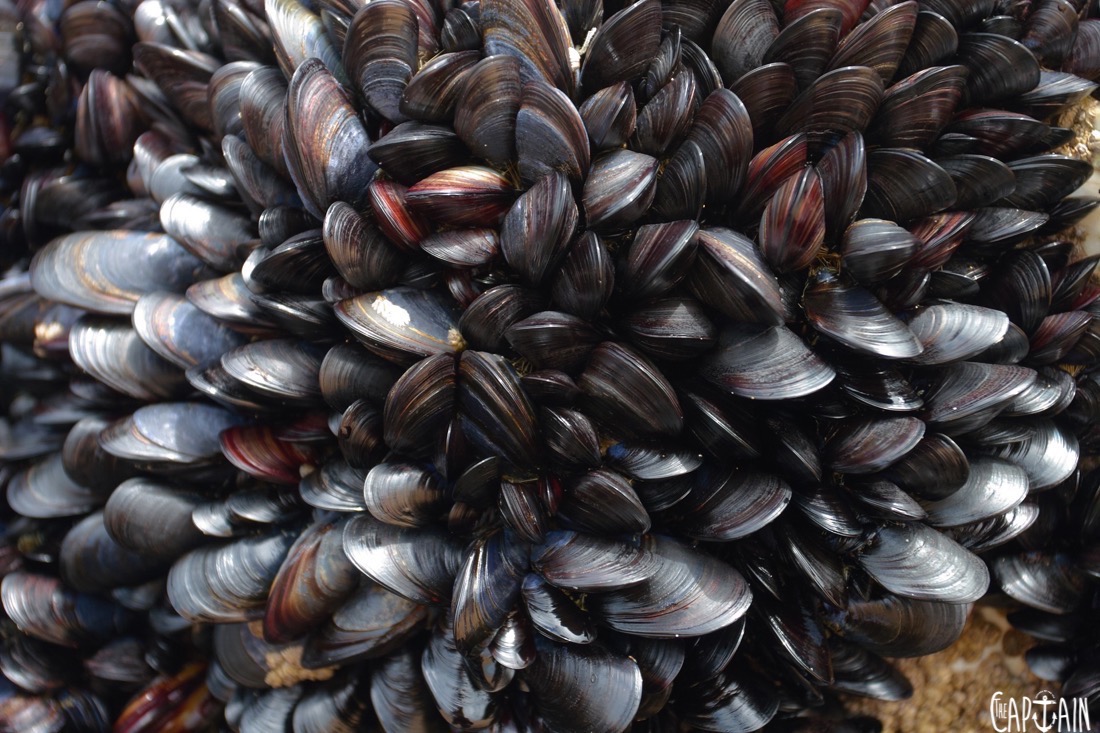
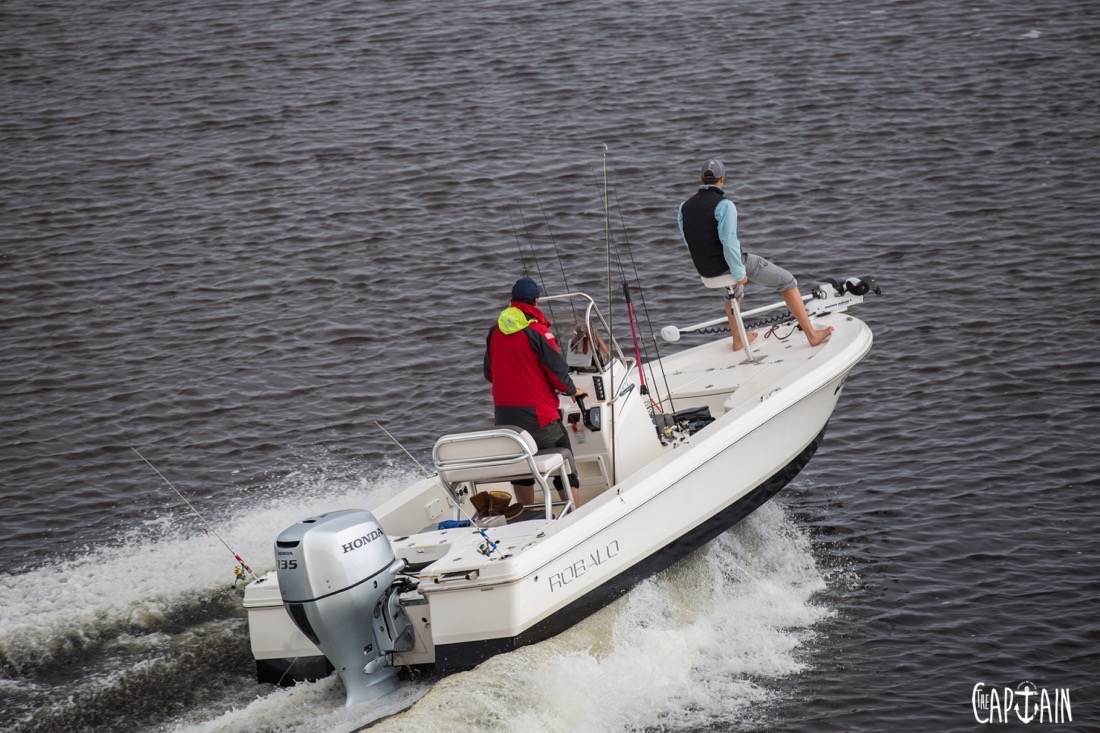
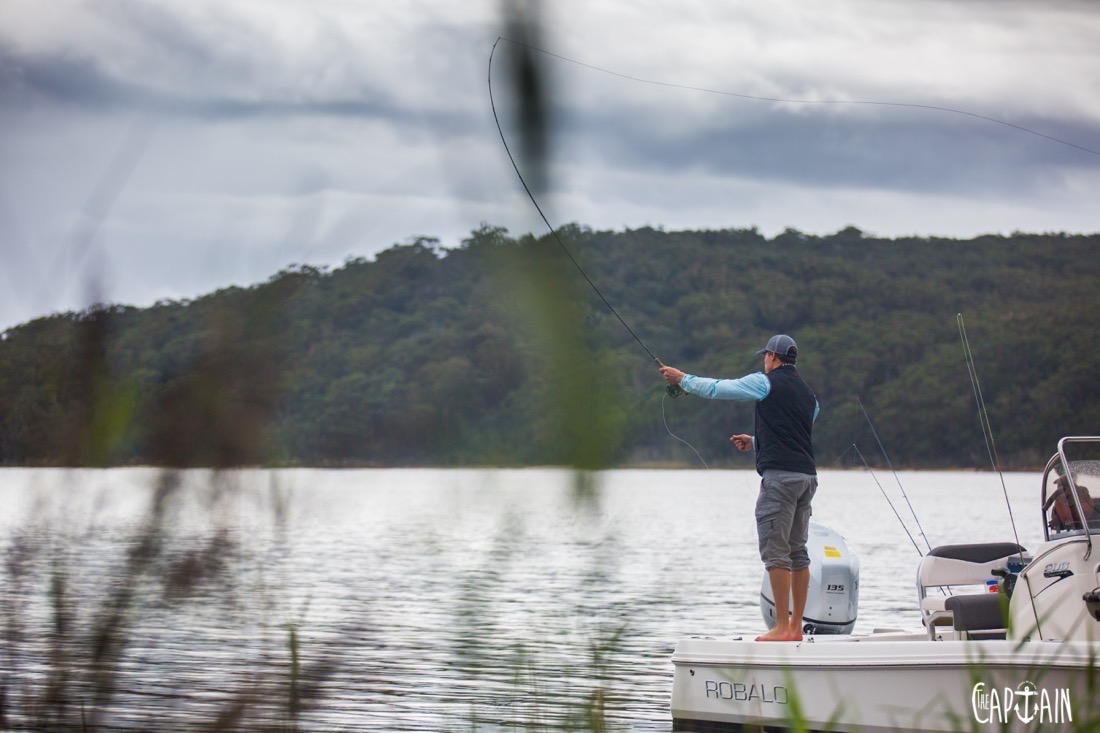
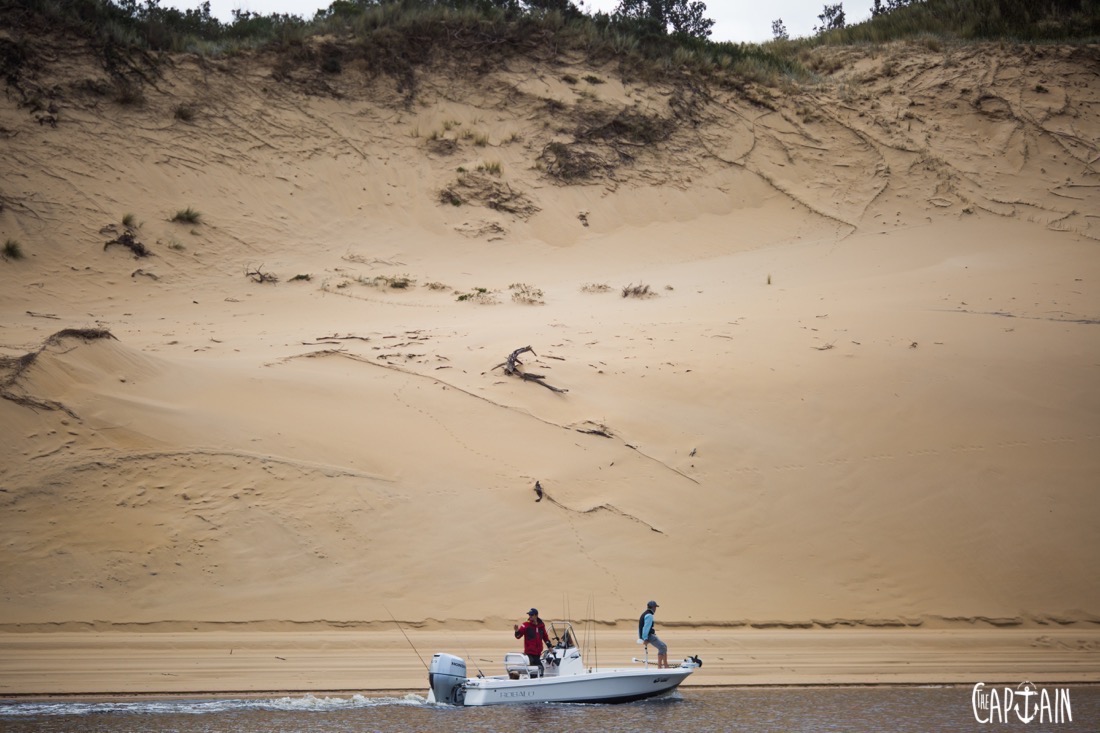
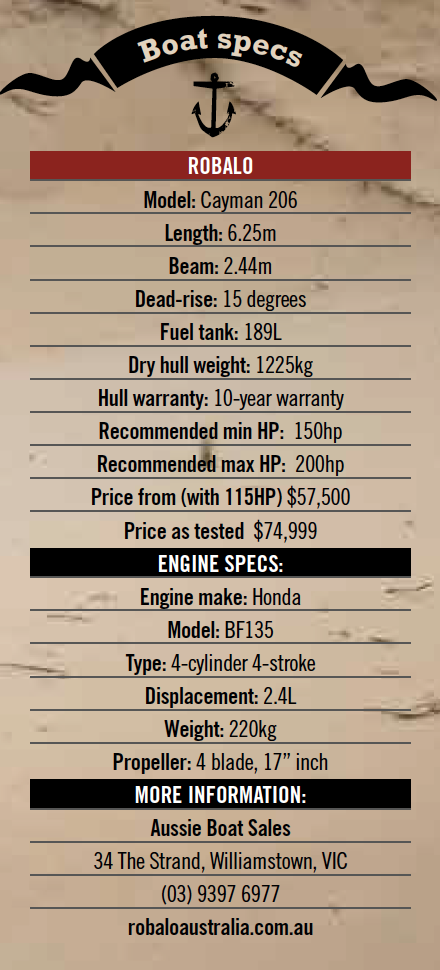
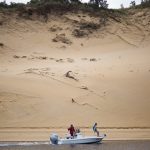
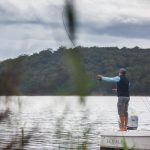
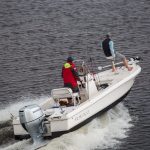
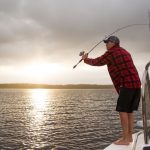
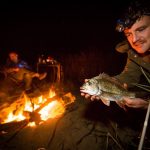
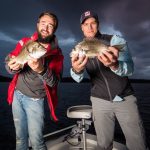
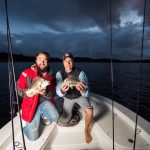
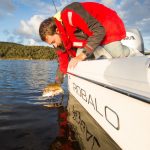
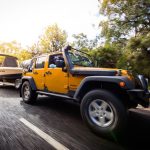
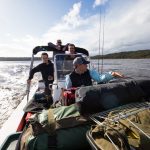
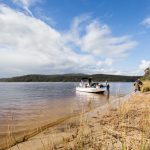
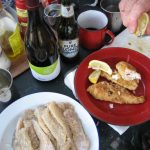
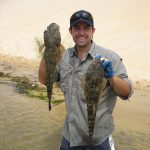
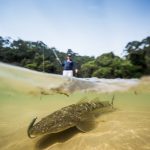
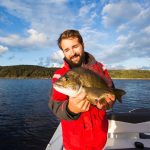
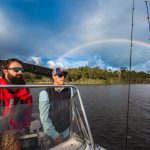
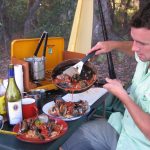
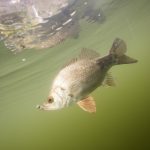
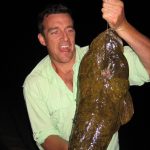
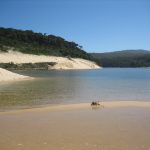
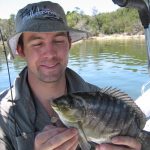
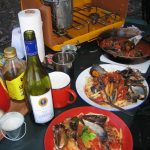
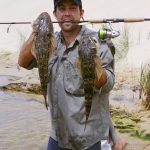
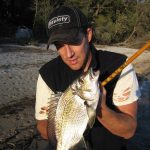
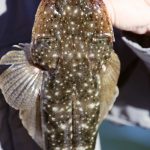
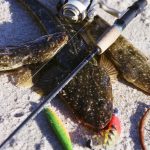
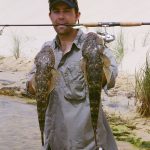
Recent Comments